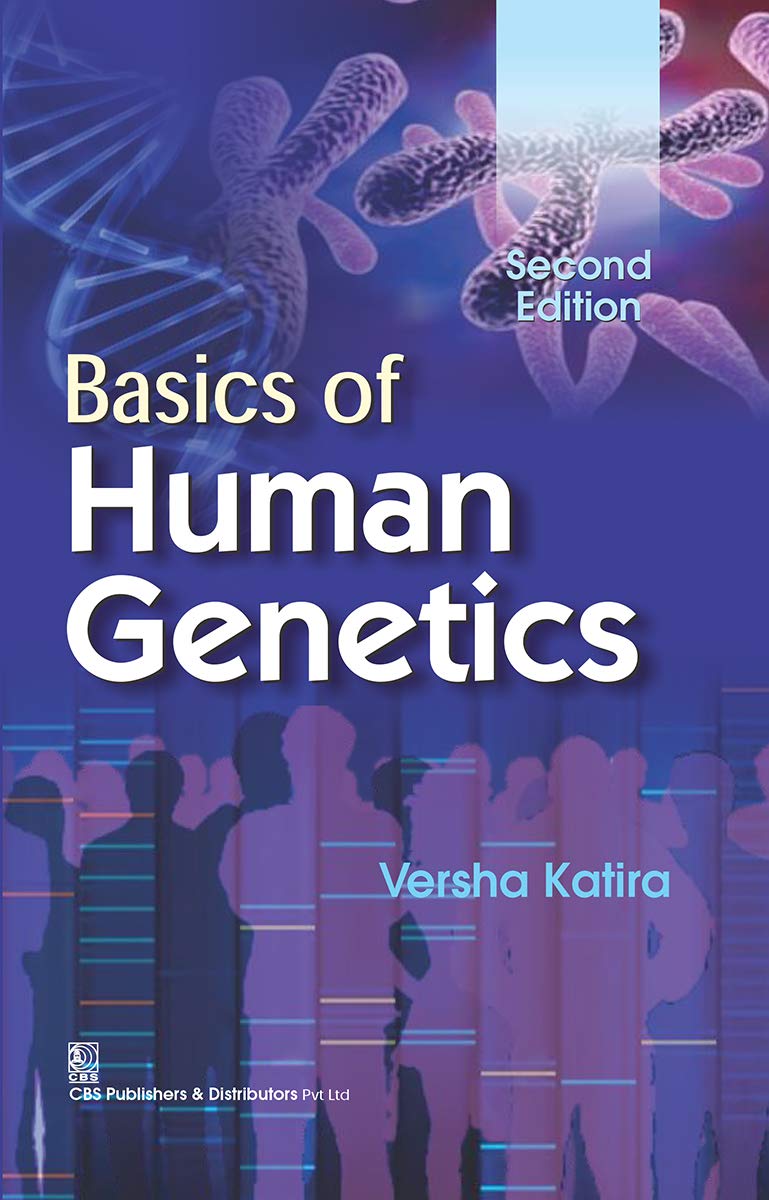Histone 3.3-related chromatinopathy: missense variants throughout H3-3A and H3-3B cause a range of functional consequences across species.
IF 3.8
2区 生物学
Q2 GENETICS & HEREDITY
引用次数: 0
Abstract
There has been considerable recent interest in the role that germline variants in histone genes play in Mendelian syndromes. Specifically, missense variants in H3-3A and H3-3B, which both encode Histone 3.3, were discovered to cause a novel neurodevelopmental disorder, Bryant-Li-Bhoj syndrome. Most of the causative variants are private and scattered throughout the protein, but all seem to have either a gain-of-function or dominant negative effect on protein function. This is highly unusual and not well understood. However, there is extensive literature about the effects of Histone 3.3 mutations in model organisms. Here, we collate the previous data to provide insight into the elusive pathogenesis of missense variants in Histone 3.3.
组蛋白 3.3 相关染色质病变:整个 H3-3A 和 H3-3B 的错义变体在不同物种中造成一系列功能性后果。
最近,人们对组蛋白基因的种系变异在孟德尔综合症中所起的作用产生了浓厚的兴趣。具体来说,H3-3A和H3-3B(均编码组蛋白3.3)中的错义变体被发现可导致一种新型神经发育障碍--布赖恩特-李-博伊综合征(Bryant-Li-Bhoj Syndrome)。大多数致病变体都是隐性的,分散在整个蛋白质中,但似乎都对蛋白质功能有功能增益或显性负效应。这种情况极不寻常,人们对此也不甚了解。不过,已有大量文献介绍了组蛋白 3.3 突变在模式生物中的影响。在此,我们整理了以前的数据,以便深入了解组蛋白 3.3 错义变体难以捉摸的致病机理。
本文章由计算机程序翻译,如有差异,请以英文原文为准。
求助全文
约1分钟内获得全文
求助全文
来源期刊

Human Genetics
生物-遗传学
CiteScore
10.80
自引率
3.80%
发文量
94
审稿时长
1 months
期刊介绍:
Human Genetics is a monthly journal publishing original and timely articles on all aspects of human genetics. The Journal particularly welcomes articles in the areas of Behavioral genetics, Bioinformatics, Cancer genetics and genomics, Cytogenetics, Developmental genetics, Disease association studies, Dysmorphology, ELSI (ethical, legal and social issues), Evolutionary genetics, Gene expression, Gene structure and organization, Genetics of complex diseases and epistatic interactions, Genetic epidemiology, Genome biology, Genome structure and organization, Genotype-phenotype relationships, Human Genomics, Immunogenetics and genomics, Linkage analysis and genetic mapping, Methods in Statistical Genetics, Molecular diagnostics, Mutation detection and analysis, Neurogenetics, Physical mapping and Population Genetics. Articles reporting animal models relevant to human biology or disease are also welcome. Preference will be given to those articles which address clinically relevant questions or which provide new insights into human biology.
Unless reporting entirely novel and unusual aspects of a topic, clinical case reports, cytogenetic case reports, papers on descriptive population genetics, articles dealing with the frequency of polymorphisms or additional mutations within genes in which numerous lesions have already been described, and papers that report meta-analyses of previously published datasets will normally not be accepted.
The Journal typically will not consider for publication manuscripts that report merely the isolation, map position, structure, and tissue expression profile of a gene of unknown function unless the gene is of particular interest or is a candidate gene involved in a human trait or disorder.
 求助内容:
求助内容: 应助结果提醒方式:
应助结果提醒方式:


